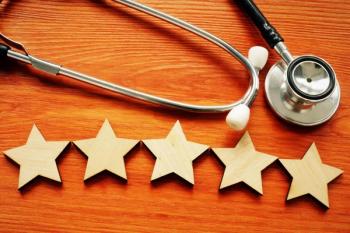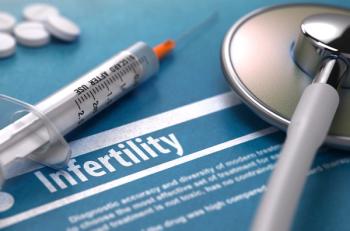
Physician burnout up significantly since beginning of COVID-19 pandemic
Increase exceeds first years of EHR nationwide rollout, study finds
Researchers surveyed more than 107,000 HCWs across a wide range of health care-related occupations in 2019, 2020 and 2021-22 to measure and compare both individual levels of emotional exhaustion (EE) and workers’ perception of EE among their colleagues. They found that the overall EE rate among HCWs jumped from 31.8% in 2019 to 40.4% in 2021-22. The increase in individuals’ perception of EE among others—what the authors call the emotional exhaustion climate—was from 54% to 65%.
Perhaps surprisingly, EE among the three categories of physicians studied—
But the situation reversed dramatically in the following years, so that by 2021-22 the percentage of residents reporting EE had increased from 24.6% to 34.4%, from 33.4% to 40.1% among attending/staff physicians, and 29% to 34.6% among doctors not working for a hospital. These were, the authors say, “the largest single-year increases reported by any roles across any time frame, exceeding what was found during a three-year period when EHRs were introduced nationally.”
Among non-physicians, the largest growth in EE—from 27% to 39%--was among physical, occupational and speech therapists. Other occupations seeing significant increases included technologists (32% to 43%), technicians (33% to 42%), administrative
Based on their findings and those of other studies, the authors call HCW burnout a “parallel pandemic that will be felt for many years to come.” Addressing it, they say, will require focusing on HCW well-being using both institutional and individual resources. Moreover, those resources need to be evidence-based and accessible to all employees, and their use must be role-modeled by organizational and institutional leaders.
The study, “Emotional Exhaustion Among U.S. Health Care Workers Before and During the COVID-19 Pandemic, 2019-2021” was published September 21 on JAMA Network Open.
Newsletter
Stay informed and empowered with Medical Economics enewsletter, delivering expert insights, financial strategies, practice management tips and technology trends — tailored for today’s physicians.














